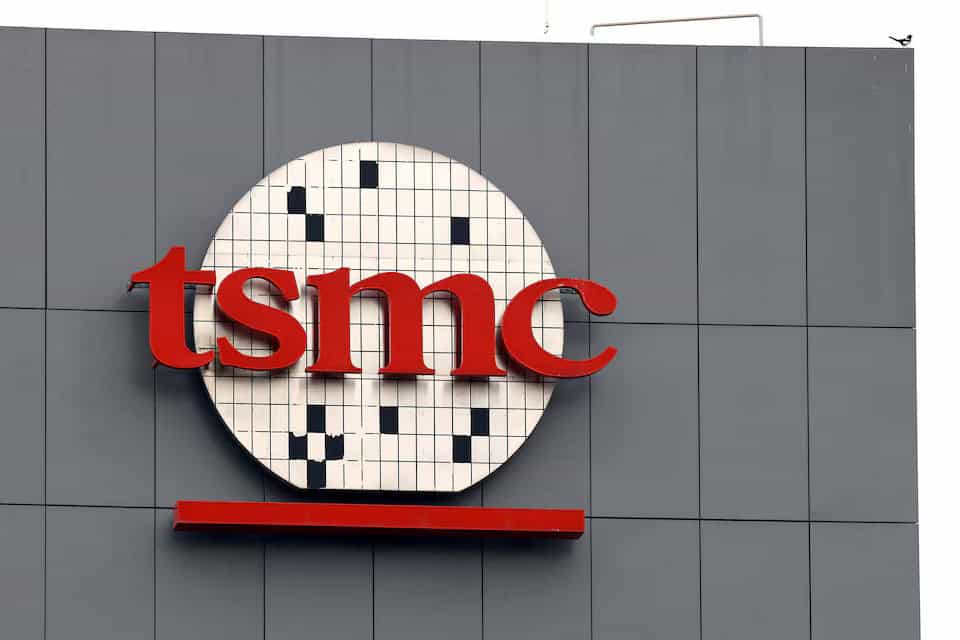The U.S. semiconductor market saw key changes in 2025, with major investments, export rules, and production milestones. Taiwan Semiconductor Manufacturing Co. (TSMC) began producing 4-nanometer chips in Arizona, marking a U.S. first.
Intel announced a $20 billion plant investment in Ohio, creating thousands of jobs. The government also shifted export regulations on AI chips, affecting companies like Nvidia.
Major Production and Investment Moves
On January 10, TSMC started making 4-nanometer chips at its Arizona site. This aligns with the U.S. goal to produce 20% of leading-edge chips by 2030. Commerce Secretary Gina Raimondo confirmed this milestone as key for domestic chip production.
In March, Intel revealed plans to invest $20 billion in a new factory in New Albany, Ohio. This facility expects to create around 3,000 jobs, marking Ohio’s largest private-sector investment.
However, Intel delayed its initial Ohio plant start date to 2030, slowing the $28 billion project.
Changes in Export Controls
Earlier in January, President Biden proposed sweeping new AI chip export restrictions. These rules divided countries into tiers with varying limits. U.S. Senators urged further restrictions on AI chip exports due to national security concerns.
In mid-April, Nvidia’s H20 AI chip was subjected to a new export licensing rule, expecting $5.5 billion in charges. This highlighted tighter U.S. controls on computing technology exports.
By early May, the U.S. government revoked Biden-era AI chip export rules, citing enforcement difficulties. This decision favored chipmakers like Nvidia and AMD, whose shares increased.
Significance of These Developments
These moves emphasize the importance of semiconductor manufacturing for U.S. technology leadership and economic security. The shift toward domestic production reduces reliance on foreign supply chains.
The fluctuating export regulations reflect a balance between protecting national security and maintaining global market competitiveness. The sector’s progress impacts the ongoing AI race.
Summary of Key 2025 Events
- January: TSMC starts 4nm chip production in Arizona.
- February: U.S. initiates semiconductor import investigations.
- March: Intel announces $20 billion Ohio factory plan.
- April: Nvidia’s H20 chip faces export licensing charges.
- May: U.S. scraps Biden-era AI chip export restrictions.
TSMC’s Arizona breakthrough was welcomed alongside Intel’s investment, aiming to boost U.S. chip-making capacity. More information on the export rules and industry impact is detailed by Axios and Bloomberg.
The U.S. push for semiconductor self-reliance is critical amid global trade shifts, as senators have urged further export controls, explained in this Senate letter. Nvidia’s export licensing changes provide insight into tightened controls, with coverage at TechCrunch.

Leave a Reply